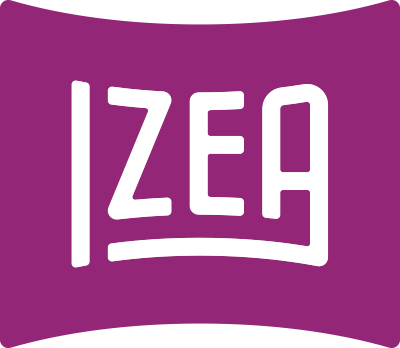The rise of influencer marketing has subsequently given rise to a throng of influencer marketing platforms. More and more companies seek tools to streamline and automate their influencer programs. The number of influencer marketing platforms and agencies nearly quadrupled from 190 in 2015 to 740 in 2018, according to Influencer Marketing Hub’s 2019 Benchmark Report.
Eighty-six percent of respondents in that same report plan to dedicate a budget to influencer marketing in the coming year. Sixty three percent of those who already have a budget in place plan to increase it. Should you allocate some of those precious dollars to an influencer marketing platform?
First of all, what is an influencer marketing platform? It’s an online tool or software program. It allows you to discover influencers, outreach to them, manage influencer campaigns, and analyze the results of those campaigns. A platform takes everything related to your influencer marketing efforts and gives it a home under one roof.
If you’re trying to choose which platform is right for your needs, then it helps to know the features that’ll be most helpful to meeting your goals. You may simply need a better way to vet potential influencers. Or you may require a robust suite of tools to help you scale your influencer marketing efforts. Either way, a platform might be the solution you’re looking for.
Features to Look for in an Influencer Platform
According to Linqia’s 2019 State of Influencer Marketing Report, 20 percent of companies do use a self-service platform. But not all platforms are created equal. The following list of features checks nearly every box you can think of. Decide which features are most important to you. Then evaluate platforms based on what you absolutely need (must have), what you want (nice to have), and what you can afford.
Searchable Influencer Database
For many marketers, especially those new to the influencer marketing game, a searchable influencer database might be all you need at this point. A good database has powerful search filters, letting you narrow the massive influencer pool to just those individuals meeting your criteria. Here are some filters great platforms offer:
- Audience segmentation (find influencers who connect with your target market)
- Creator’s demographics and stats (vertical, follower count, engagement rate, etc.)
- Keyword search, including hashtag search
- Visual search of creator-generated images
- Search by social media platform
It’s also extremely helpful when a platform offers influencer profiles, displaying analytics and insights specific to the influencer. This saves you the legwork of doing that research separately. With a profile, you can see the influencer’s highlights at a glance.
Influencer Outreach Tools
Influencer platforms help you discover influencers you want to work with, but they can also help you reach out to those influencers. Look for platforms that allow you to make lists (or rosters) of influencers you think will be a good fit. Often, you can use your lists to perform tasks in bulk, such as emailing, influencer activation, and deactivation.
The platform’s communication tools should allow you to court influencers with direct offers and partnership terms. You should also be able to s post jobs to the community at large for bidding.
Campaign Management Tools
Once you’ve found influencers and agreed to a partnership, you can (finally) get started on a campaign. A strong platform will provide you with campaign management tools. Divide a big campaign into small projects and even smaller tasks, with calendar layouts that help you visualize what is happening and when. Spell out the campaign requirements for your influencer team (deadline dates, required hashtags and links, etc.) It’s also convenient when creators can submit the content securely on platform so nothing gets lost.
Some platforms automatically check if a creator’s submission meets your specs, holding it for your review it before it goes live. Some even automate FTC compliance by automatically inserting disclosures and relevant hashtags. Platforms let you effortlessly facilitate content delivery and publishing with advance scheduling tools so you can work ahead of your timeline.
Communication and Payment
A platform worth its fee should allow you to direct message and bulk message influencers. It should provide a message center or dashboard where you can see all your current and past messages. Say goodbye to accidentally reaching out twice to the same influencer.
Do you want the ability to pay creators directly through the platform? Look for a service that holds your payment in escrow until you verify the influencer completed the job to your requirements. When payment happens on platform, you can typically search and track payment details as well as create financial reports.
Analytics and Amplification
Fifty-three percent of respondents in Linqia’s 2019 report said their biggest challenge is determining ROI of influencer marketing programs. That’s why you might want tracking tools and analytics baked into the pie. This lets you see in real time how well your campaigns are performing.
Analytics should also tell you how well a specific influencer’s content performs, as well as how influencers rank against one another. The data should identify your top influencers, posts and platforms. It should also auto-generate summaries and reports for your campaigns.
Some platforms house all your influencer-generated content in an archive where you can search for those you want to repurpose. Many also have tools for promoting posts and performing audience segmentation. This lets you get your influencers in front of more of the right people
Price and Scalability
Can you start with a low-cost or free trial to see if you like the software? Do you want to start with a less expensive subscription and then scale up? Is there an option to work with a dedicated project manager for custom-designed campaigns? These are some of the questions to ask when you’re deciding how much you can — and should — invest in a platform. Keep in mind there will be a more time-consuming learning curve for feature-rich platforms.




